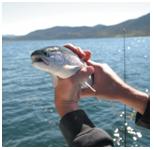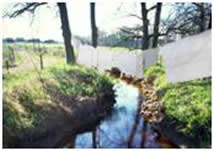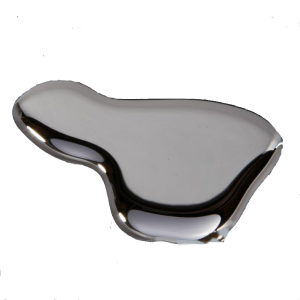3D printing of textiles – part 1. Haute Couture and technical challenges
3D printing is seen as potential technology breakthrough that may radically change manufacturing processes in many industries, put whole business models at question and create new ones. However, in textile manufacturing 3D printing is still at a tiny niche and exploratory stage. We show examples of the already available and known products and trends. In future articles we will look closer at the emerging technology solutions in 3D printing of textiles. We will present the common 3D printing technologies and discuss how to overcome some of the obstacles for 3D printing of textiles. We will try to answer the questions: Can 3D printing really play a serious role in textile manufacturing?










